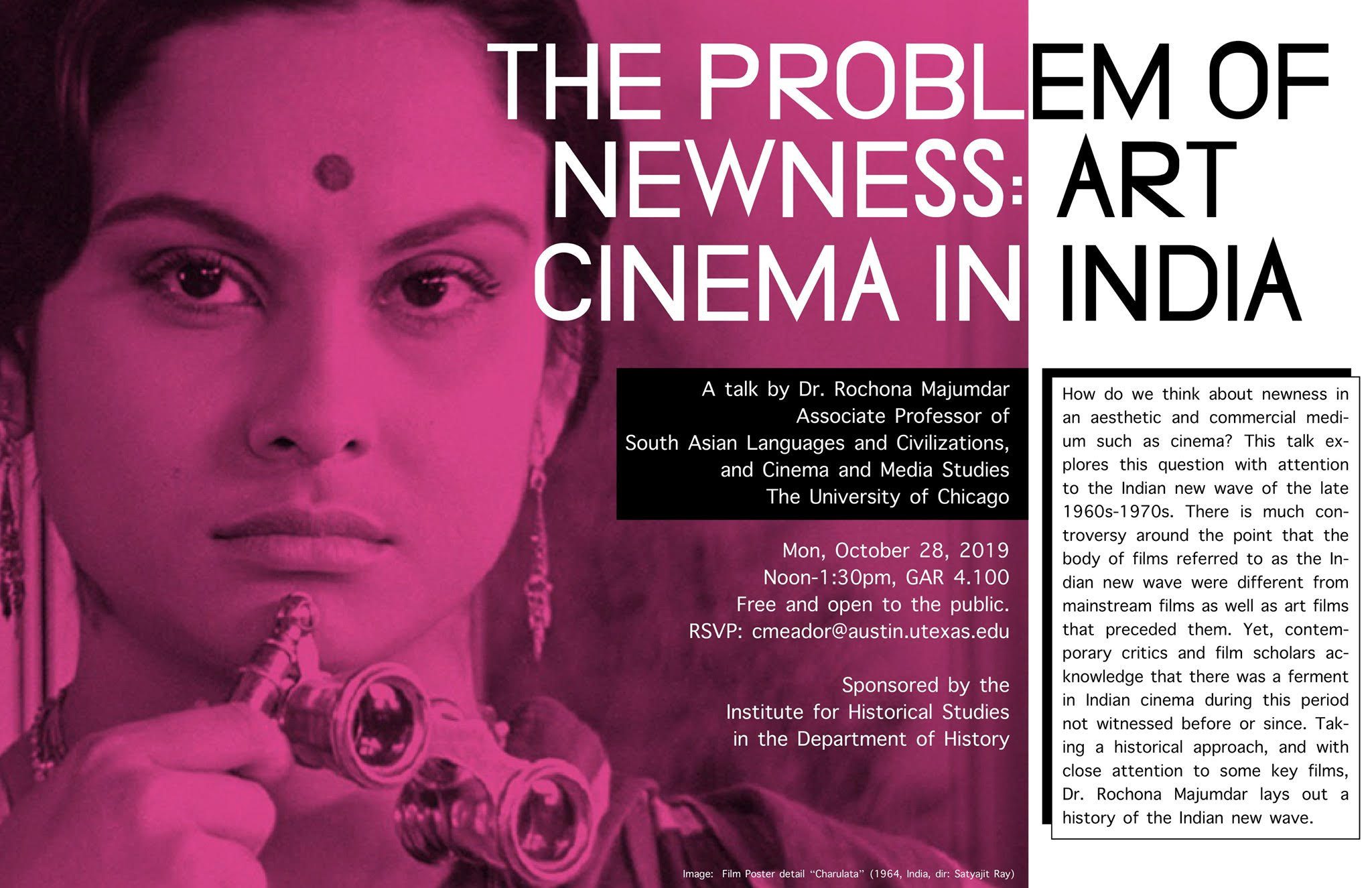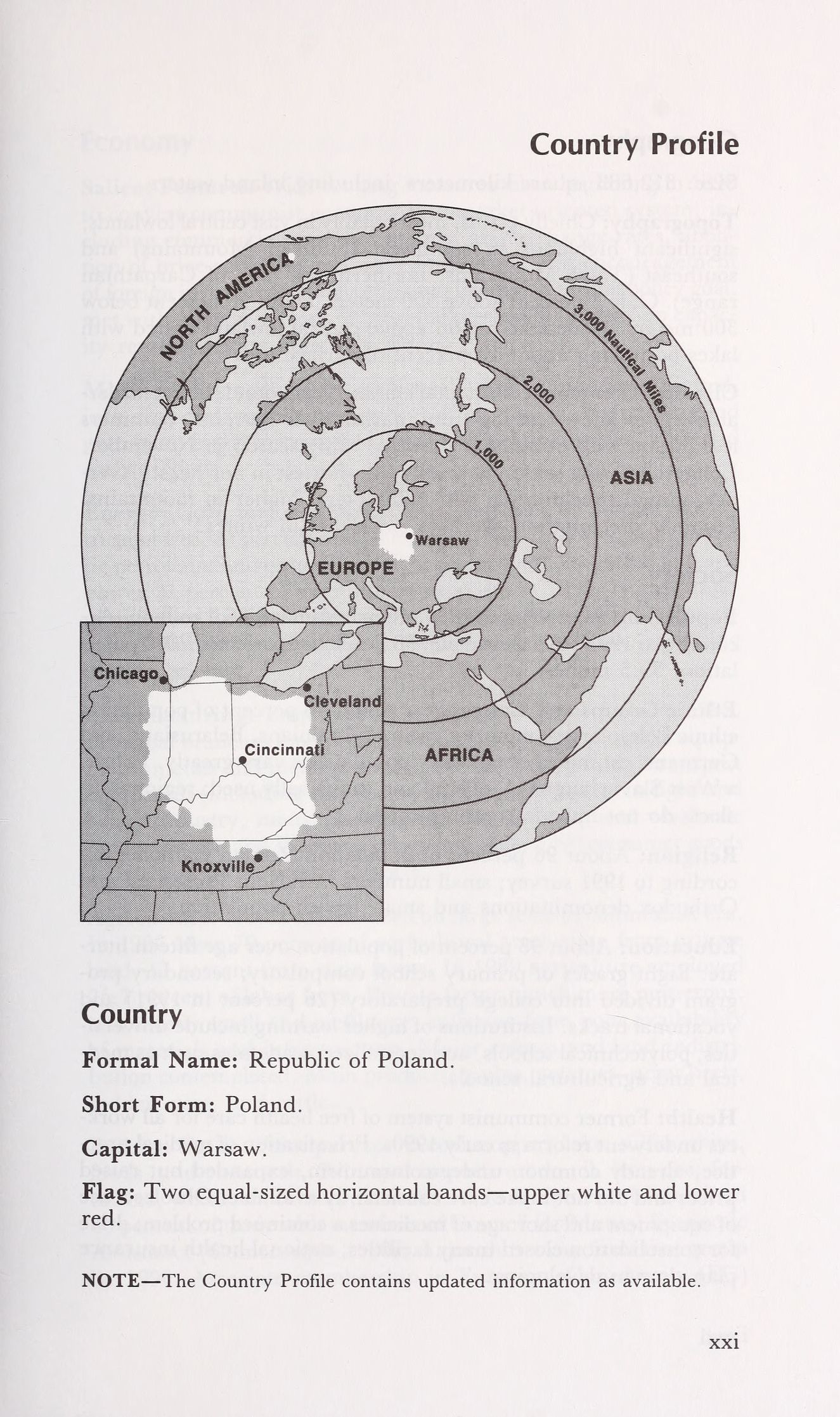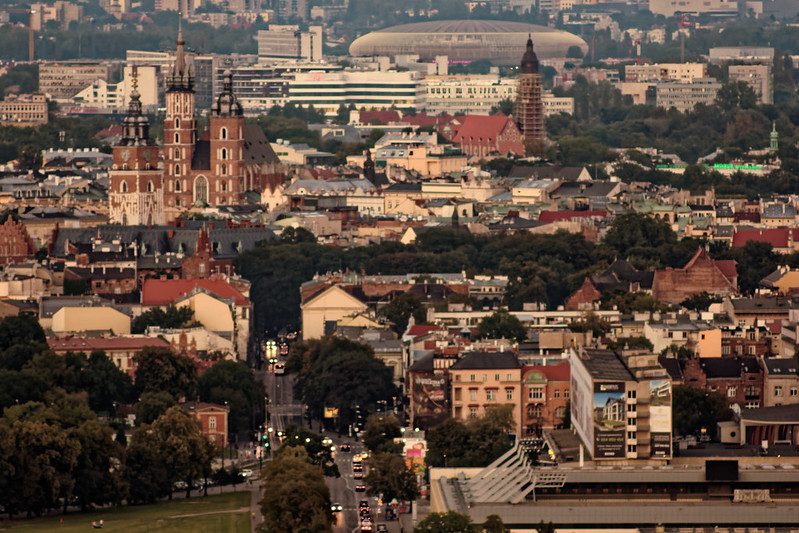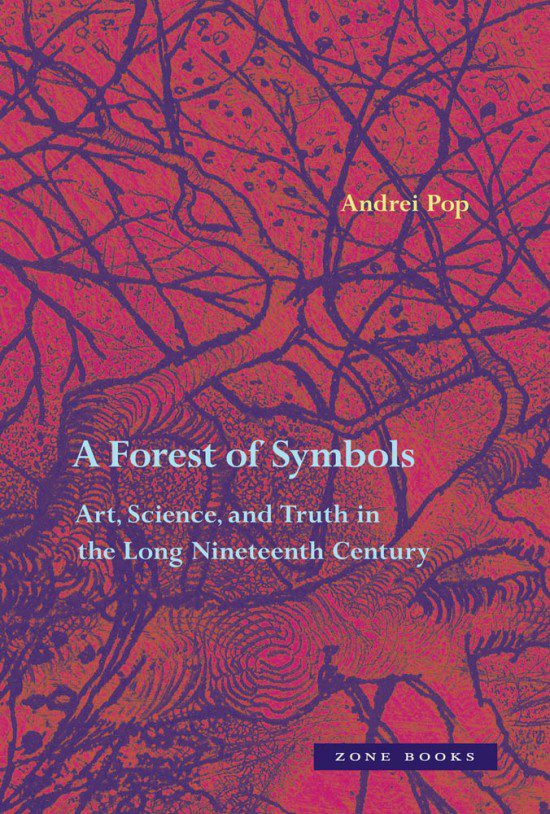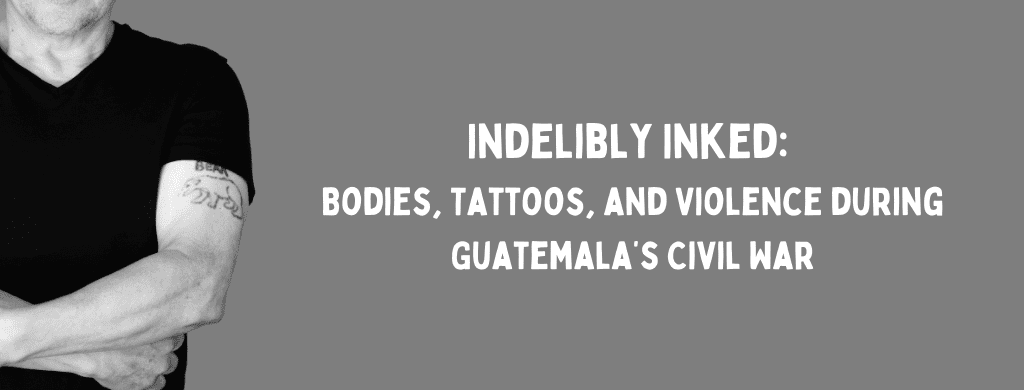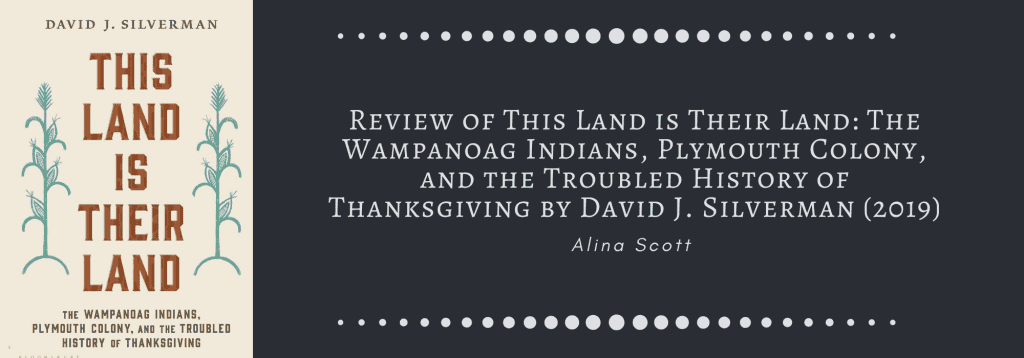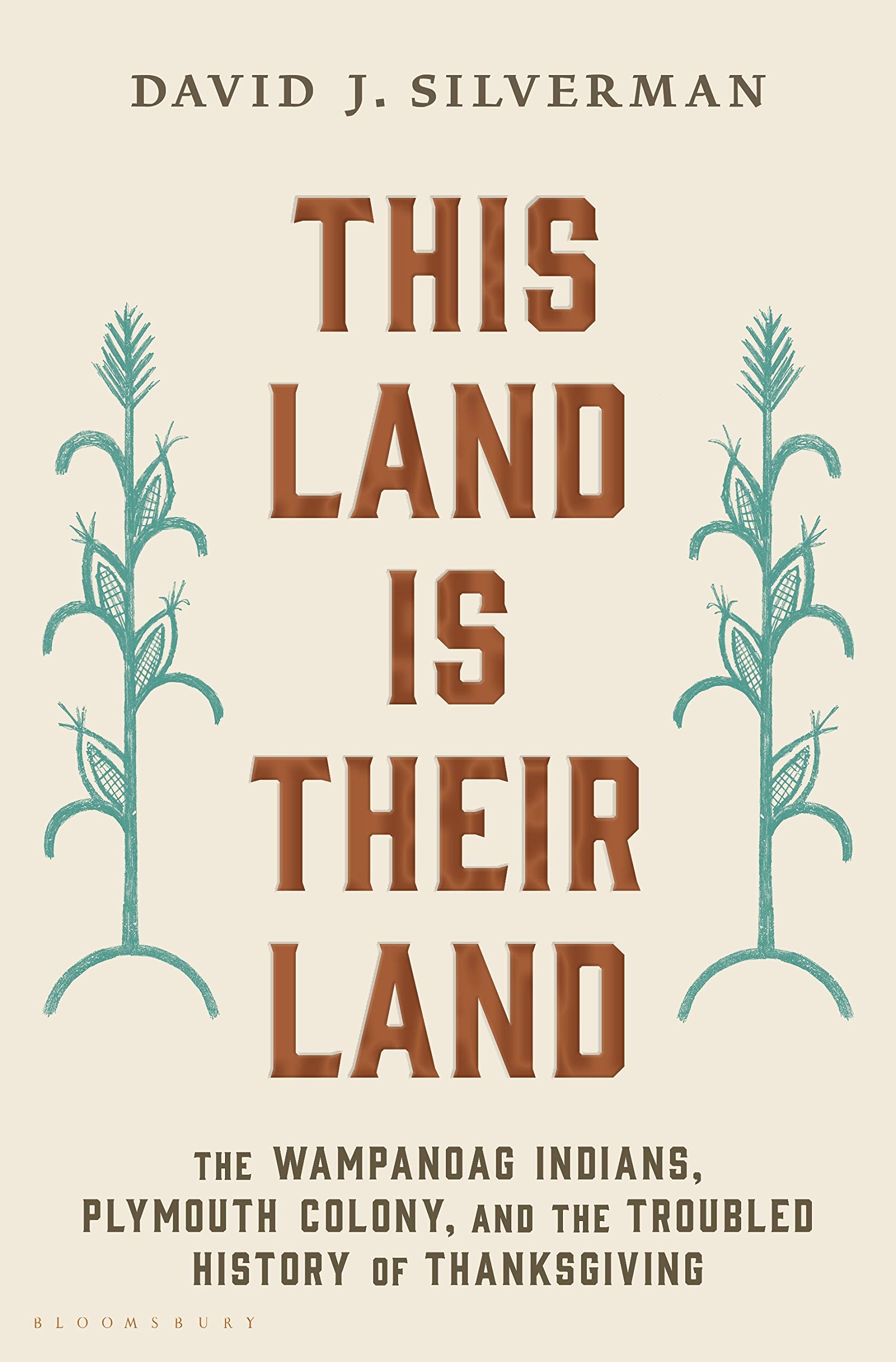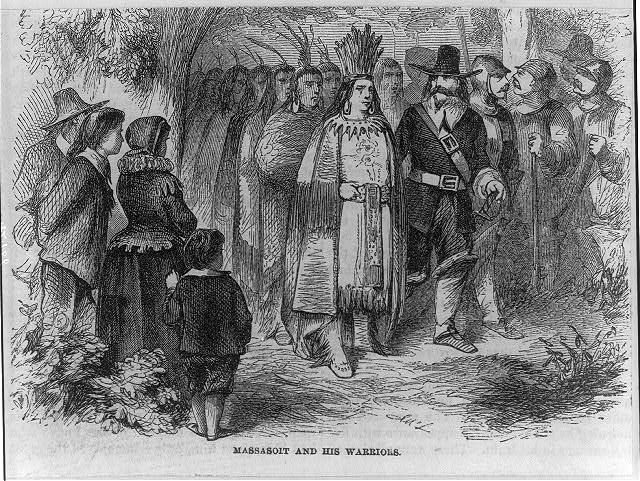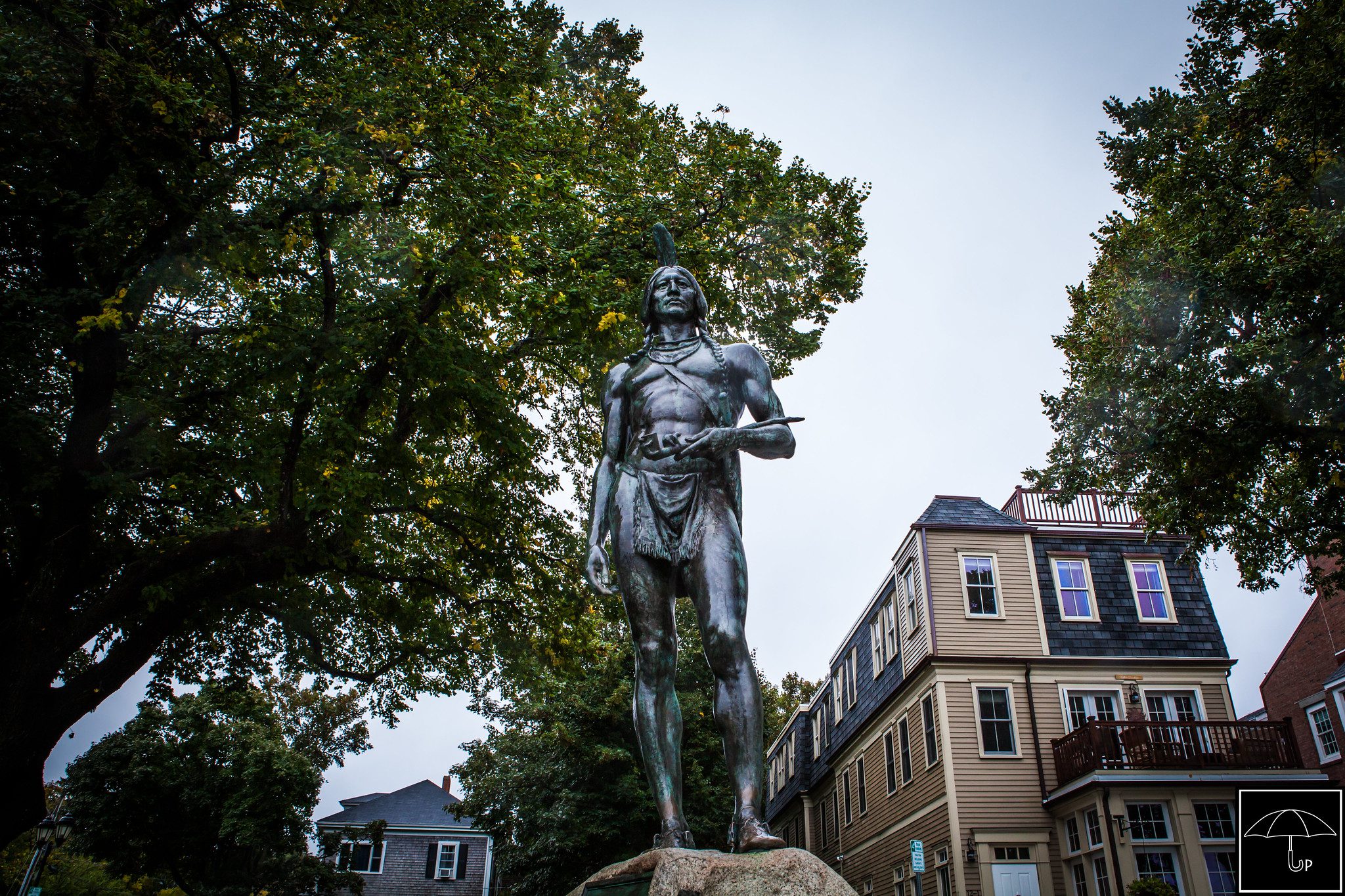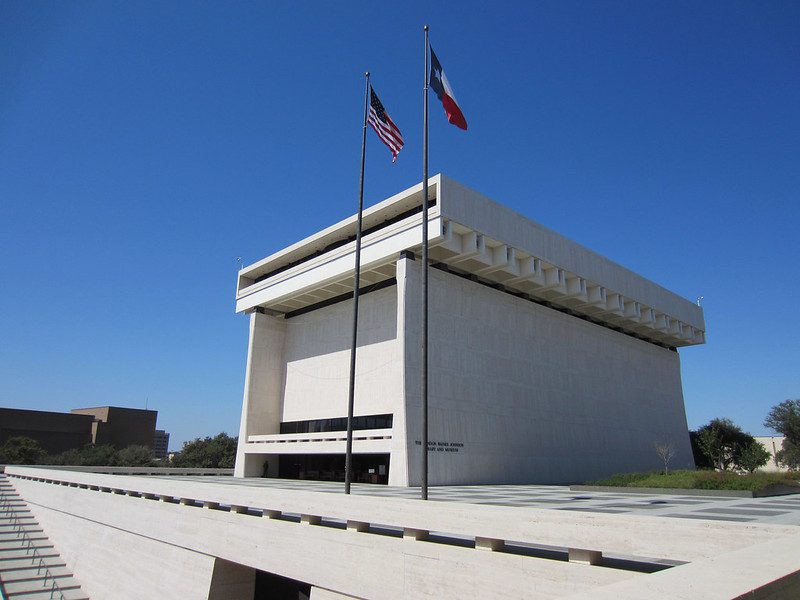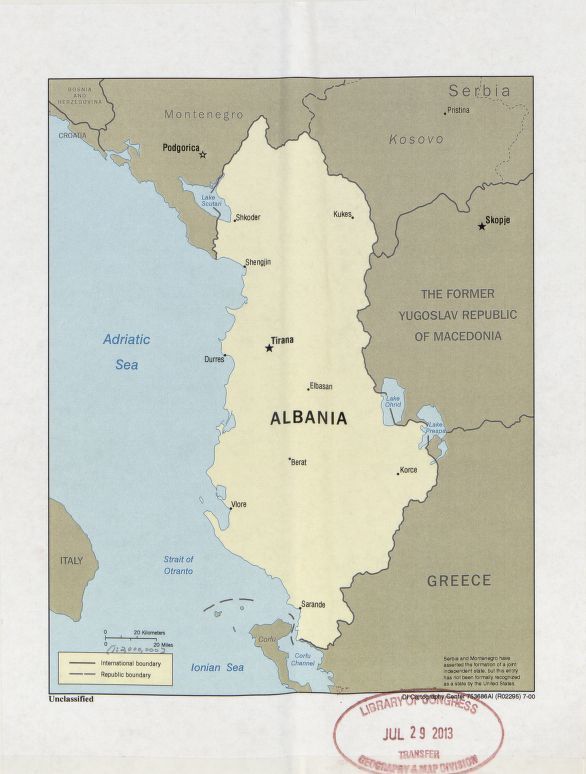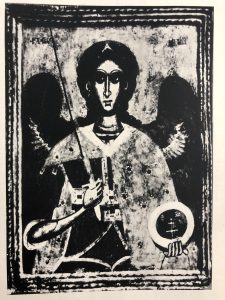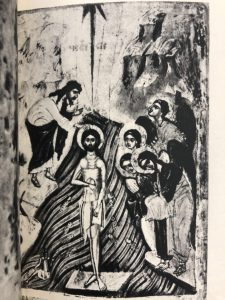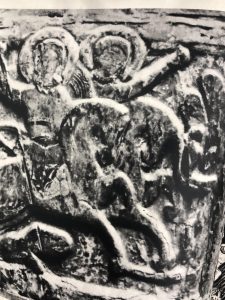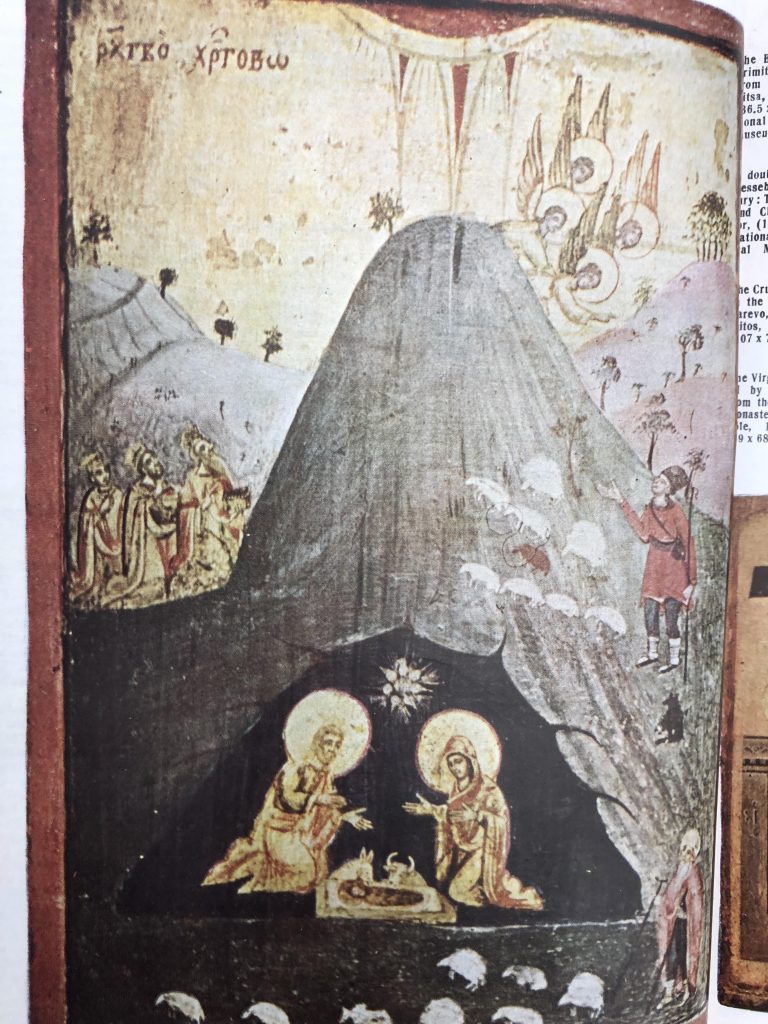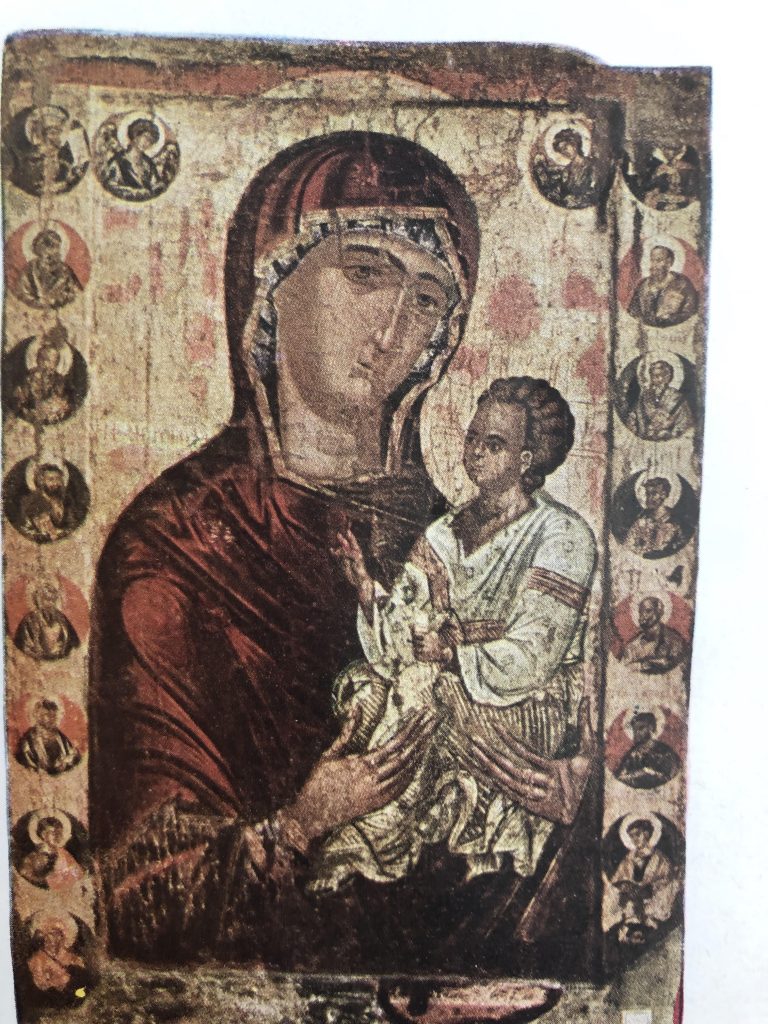Thursday February 20, 2020 • GAR 4.100
3:30 PM – 5:00 PM
From the 1940s to the 1970s, as part of the project of decolonization, leaders and thinkers in late colonial or postcolonial states developed strikingly new conceptions of socialism – conceptions that were distinct and often at odds with European ones. The panel will explore this phenomenon as it emerged in three contexts: the Arab world, Latin America, and sub-Saharan Africa.
Panel features:
“The Life and Times of Arab Socialism”
Yoav Di-Capua
Professor of History
University of Texas at Austin
https://liberalarts.utexas.edu/history/faculty/yd386
“A ‘Popular Option for Development’? Imagining Democratic Socialism in Salvador Allende’s Chile”
Joshua Frens-String
Assistant Professor of History
University of Texas at Austin
https://liberalarts.utexas.edu/history/faculty/jf36427
“Tanzania’s Socialist Experiment and the Politics of Postcolonial Development”
Priya Lal
Associate Professor of History
Boston College
https://www.bc.edu/bc-web/schools/mcas/departments/history/people/faculty-directory/priya-lal.html
Indrani Chatterjee, moderator
Professor of History
University of Texas at Austin
https://liberalarts.utexas.edu/history/faculty/ic2396
The event is part of the Institute’s 2019-2020 series on “Agency and Action: Chapters in Socialist and Collectivist History.”
The views and opinions expressed in this article or video are those of the individual author(s) or presenter(s) and do not necessarily reflect the policy or views of the editors at Not Even Past, the UT Department of History, the University of Texas at Austin, or the UT System Board of Regents. Not Even Past is an online public history magazine rather than a peer-reviewed academic journal. While we make efforts to ensure that factual information in articles was obtained from reliable sources, Not Even Past is not responsible for any errors or omissions.
